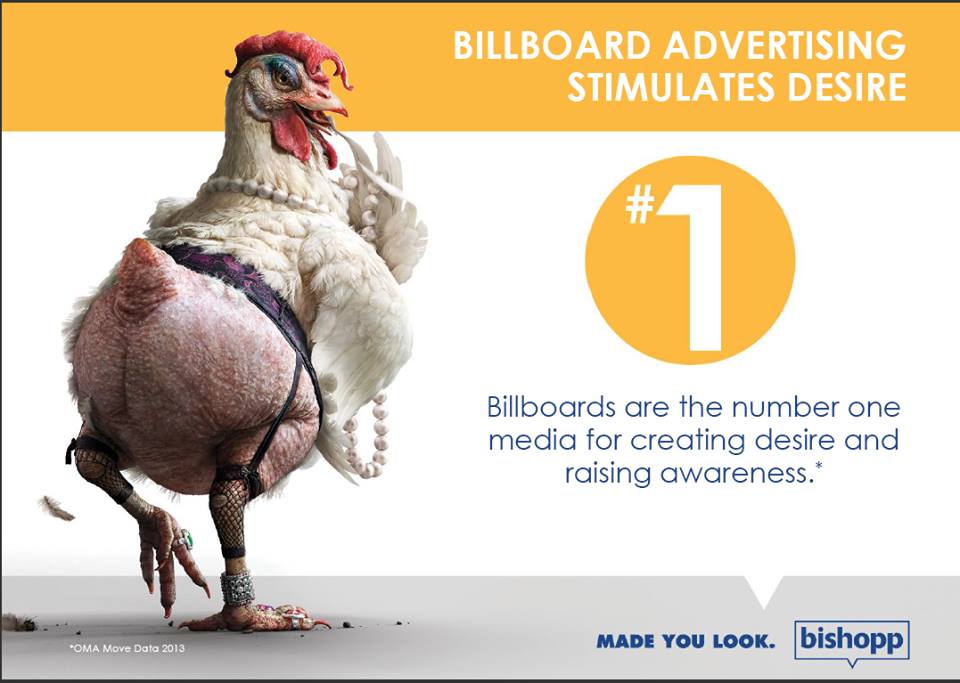I have decided to become a vegetarian for ethical reasons. This is my small form of activism for resisting patriarchy, and also a way to educate others on the oppression of animals within our food system. Vegetarian ecofeminist theory has shown me the connection between patriarchy and meat eating, and by changing my eating habits to a more animal friendly diet, I don’t have to participate in an abuse that is similar to the oppression of women. I feel like i need to practice what I preach, and if I want to make the world a better place for women I can’t act as if I am better than another being. If I want to live in a coexisting world, I can’t justify a reason for consuming them. Eating meat is only continuing a form of patriarchy on animals.
My plan is to become a more educated consumer by making vegetarian choices for every meal. Not only am I planning on doing this, but in order to show others my new way of life and the ethical feminist reasons behind it, I want to post pictures of some of my meals on my Instagram story. With each picture I will include a small caption explaining my meal choice. I hope that with each explanation of why I am resisting meat, my Instagram followers will learn from a new perspective of feminist vegetarianism and want to make changes in their lives. My goal is not to push my lifestyle onto people, but to hopefully spread a positive influence. I will do this for a few days and see if I get any responses from others. Maybe they will be thankful for my posts, or maybe they will be angered by them- either way my posts could help start a conversation. As we learned from, 10 ways to make Twitter work for feminist activism, social media can be used as a platform for activism because, “online activism offers the possibility to empower marginalised voices, the opportunity for cross-boundary dialogue, and affords a stimulus for social change”. My plan is to help others think of their food differently, and make the comparisons between the meat industry and patriarchal oppression. I have a lot of female followers who I feel would mostly resonate with my posts because of their feminist morals, so I am feeling positive that I will get some responses from them.
Results:
I have eaten meat my whole life, so it was hard to incorporate meals into my diet that weren’t centered around some kind of meat. Regardless, I was able to do it and I am proud of myself for making the effort. I had some black bean quinoa burgers and got really good at sauteing vegetables! I have never been one for cooking, so hopefully my meals will get better as I continue with this diet. As far as my Instagram story goes, I did not get as many responses as I had hoped for. Mostly just my mom and a few close friends, as to be expected. I was hoping I would hear from people who don’t normally respond to my posts. I wanted to see if what i was sharing sparked any interest, and maybe it did but I wouldn’t know.
I think if I wanted to hear from more of my followers I should have been more engaging with my posts. I could have asked questions to incite answers, or created something interactive like a poll. I think that regardless, it was good that I shared what I did, because even if I didn’t get many responses, I am still spreading this information and helping to influence this unique, feminist perspective on vegetarianism that isn’t normally associated within our society.





